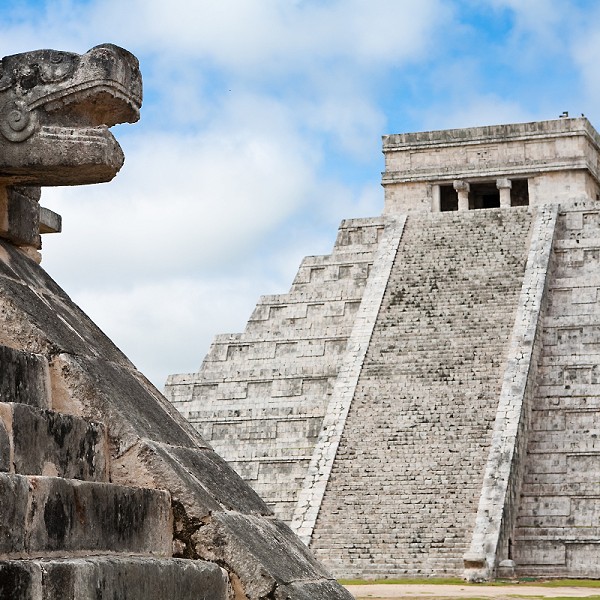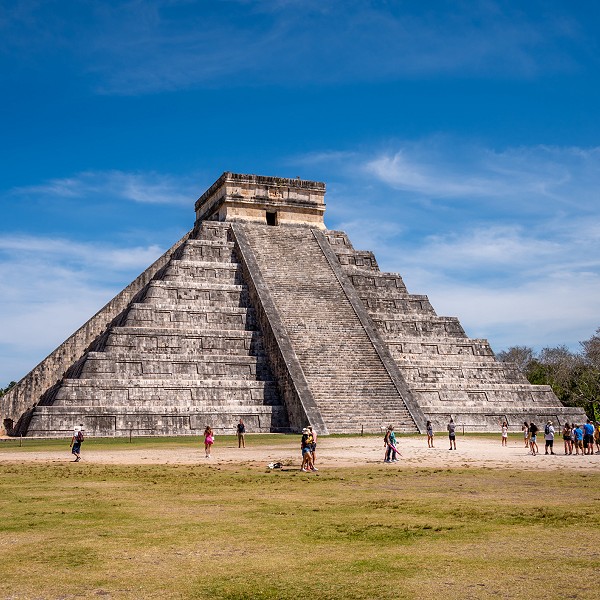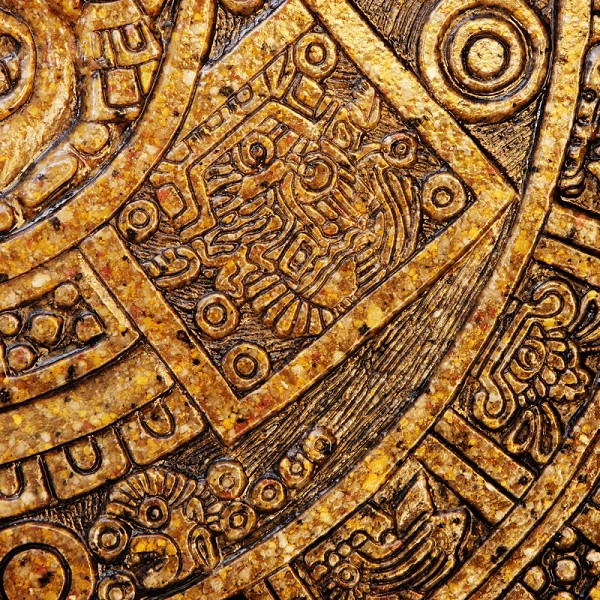The Mayan civilization, known for its advanced astronomical and mathematical knowledge, left behind one of the most intricate and fascinating timekeeping systems in history: the Mayan Calendar. This calendar, more than just a method to mark days, was a complex framework intertwined with Mayan cosmology, culture, and daily life. For anyone fascinated by ancient cultures or the mysteries of time, understanding the key aspects of the Mayan Calendar is essential. Here, we delve into the most important elements that define this ancient calendar, shedding light on its significance and workings.
1. Multiple Calendar Systems
The Mayans used several calendar systems simultaneously. The two most important were the Tzolk’in (the Sacred Round or Divine Calendar) and the Haab’ (the Vague Year or Civil Calendar). These calendars were used for different purposes and were combined to form a longer cycle of time measurement.
2. Tzolk’in - The Sacred Calendar
The Tzolk’in was a 260-day calendar consisting of 20-day cycles, each day represented by a combination of 13 numbers and 20 day-names. This calendar was primarily used for ceremonial purposes, divination, and determining the timing of religious and agricultural events.
3. Haab’ - The Civil Calendar
The Haab’ was a solar calendar of 365 days, made up of 18 months of 20 days each, followed by a short month of 5 days, called Wayeb’. The Haab’ was used for more secular, everyday activities and was akin to the modern Gregorian calendar.
4. Calendar Round
The Calendar Round was a 52-year period in which the Tzolk’in and Haab’ cycles would align. This period was significant as it marked a full cycle of seasonal and ceremonial events.
5. The Long Count
The Long Count was used to track longer periods of time. It is most famous for the 2012 phenomenon, where a cycle (Baktun) in the Long Count calendar ended, leading to various end-of-the-world speculations.
6. Baktun and Other Units
The Long Count calendar used a vigesimal (base-20) system. A Baktun is 144,000 days, but there are also smaller units like K’atun (7,200 days), Tun (360 days), Winal (20 days), and K’in (1 day).
7. Astronomical Accuracy
The Mayan calendar was incredibly accurate in terms of astronomy. It could predict solar eclipses and was more precise than the Julian calendar in accounting for the solar year.
8. Integration with Mythology and Prophecy
The calendar was deeply integrated with Mayan mythology and religious beliefs. Dates were often accompanied by prophetic declarations and associated with gods.
9. Legacy and Modern Use
The Mayan calendar is still used today by some Mayan communities in Central America. It remains a crucial part of their cultural identity and is used alongside the Gregorian calendar.
10. Symbolism and Art
The calendar’s symbols and glyphs are prevalent in Mayan art and architecture, evident in the ruins and artifacts found in regions like Cancun and Yucatan Peninsula.
The Mayan calendar is a testament to the ingenuity and complexity of the Mayan civilization. Its precision and integration with cultural and religious aspects make it a subject of enduring fascination and respect. Understanding this ancient system of timekeeping offers a glimpse into the advanced astronomical knowledge and the rich spiritual world of the Mayans, enhancing our appreciation of this ancient Mesoamerican culture.


 Beaches
Beaches
 Costa Mujeres
Costa Mujeres
 Food
Food
 Golf
Golf
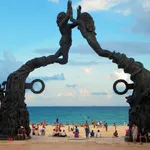 Getting Around
Getting Around
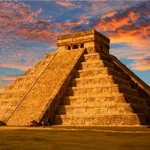 Heritage
Heritage
 Nightlife
Nightlife
 Places to Visit
Places to Visit
 Things to do
Things to do
 Wildlife
Wildlife
 Weather
Weather
 Flights to Cancun
Flights to Cancun
